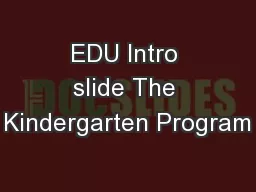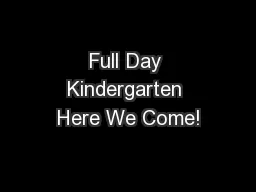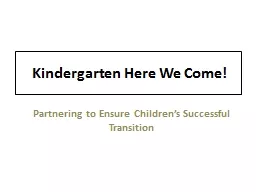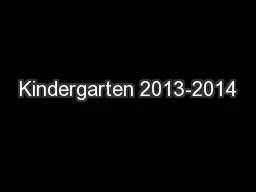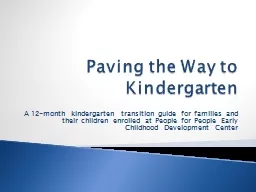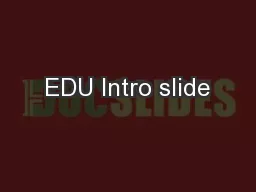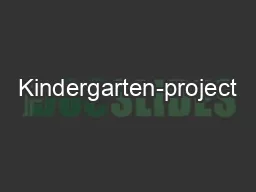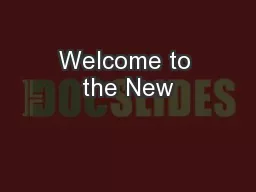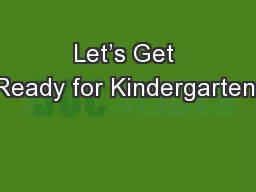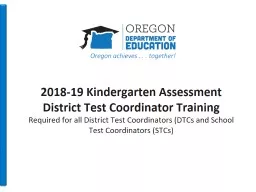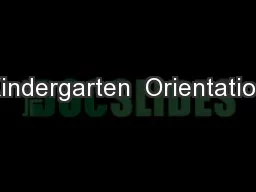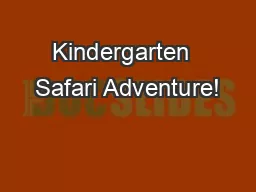PPT-EDU Intro slide The Kindergarten Program
Author : faustina-dinatale | Published Date : 2018-03-06
Learning Module The Four Frames Fall 2016 INTRODUCTION Our View of Children All children are competent capable of complex thinking curious and rich in potential
Presentation Embed Code
Download Presentation
Download Presentation The PPT/PDF document "EDU Intro slide The Kindergarten Program" is the property of its rightful owner. Permission is granted to download and print the materials on this website for personal, non-commercial use only, and to display it on your personal computer provided you do not modify the materials and that you retain all copyright notices contained in the materials. By downloading content from our website, you accept the terms of this agreement.
EDU Intro slide The Kindergarten Program: Transcript
Download Rules Of Document
"EDU Intro slide The Kindergarten Program"The content belongs to its owner. You may download and print it for personal use, without modification, and keep all copyright notices. By downloading, you agree to these terms.
Related Documents

